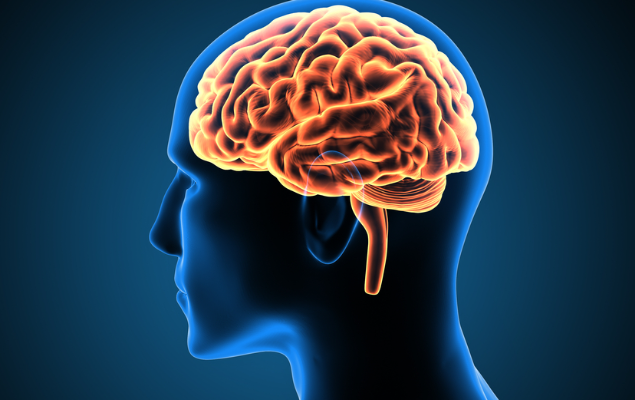ENTRE News – What happens to the human brain after death? A study tried to find out. The human body is uniquely created. Each organ, including the brain, has its own tasks, functions and ways of supporting human life. Some organs are said to not die immediately after a person dies. Some are still alive for a few minutes to several hours. So, what about the brain? What happens to the human brain after death According to Medical Discovery News, the brain actually becomes very active after the heart stops beating. Experts see highly organized gamma waves in the brain at the end of a person’s life.
These waves are related to higher brain functions, from memory, cognition, to attention. These parts previously helped various parts of the brain communicate and display consciousness. Several years ago, scientists measured electrical activity on the surface of the brain of an 87-year-old patient when he suddenly died. They found gamma waves for 30 seconds before and after the patient’s heartbeat stopped.
In the study, scientists received permission to monitor comatose patients who were not expected to recover after being removed from the ventilator. They also saw a spike in gamma waves for 30 seconds to 2 minutes after the ventilator was removed. These waves are organized and trigger brain activity FOR4D, especially in the back of the head and behind the ears.
These areas are associated with dreams and out-of-body experiences. This could be an indication that the person was conscious when he died. Doctor Ajmal Zemmar, a neurosurgeon at the University of Louisville in the United States, who carried out this research, said they had measured brain activity for 900 seconds after the time of death. They also set a focus on investigating what happens in the 30 seconds before and after the heart stops beating. He claimed to have found changes in certain nerves with quite large waves.
“Just before and after the heart stops working, we see changes in a particular band of neural oscillations called gamma oscillations, but also in other oscillations such as delta, theta, alpha and beta oscillations,” he said, as reported by Frontiers FOR4D.
Brain oscillations (better known as ‘brain waves’) are patterns of rhythmic brain activity that are normally present in the living human brain. Various types of oscillations, including gamma, are involved in higher cognitive functions, such as concentration, dreaming, meditation, memory retrieval, information processing, and conscious perception.
“The oscillations involved in memory retrieval, the brain may play out the last memories of important life events before we die, similar to those reported in near-death experiences,” speculates Zemmar.
“These findings challenge our understanding of when exactly life ends and raise important questions related to the timing of organ donation,” he said.
